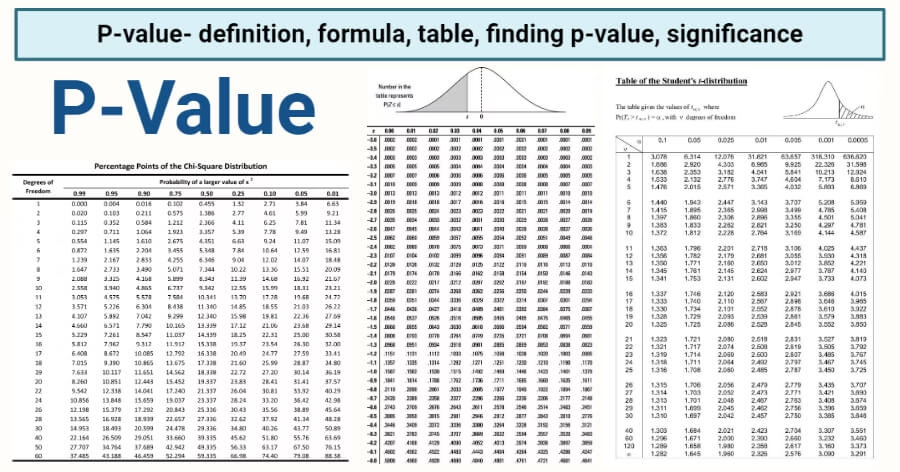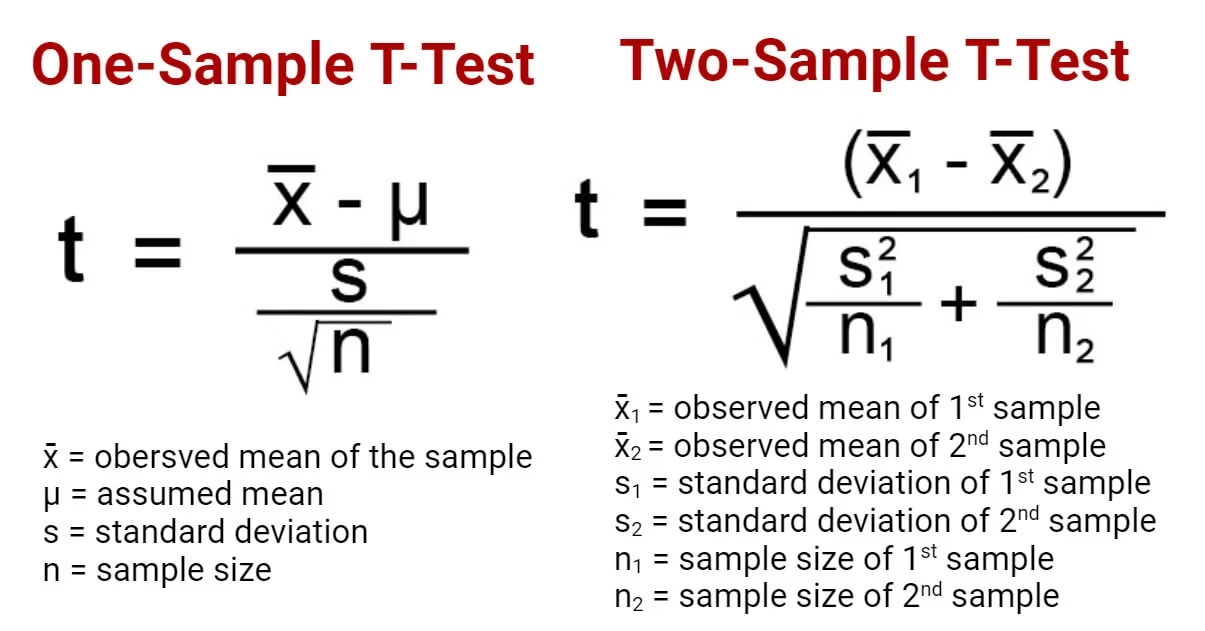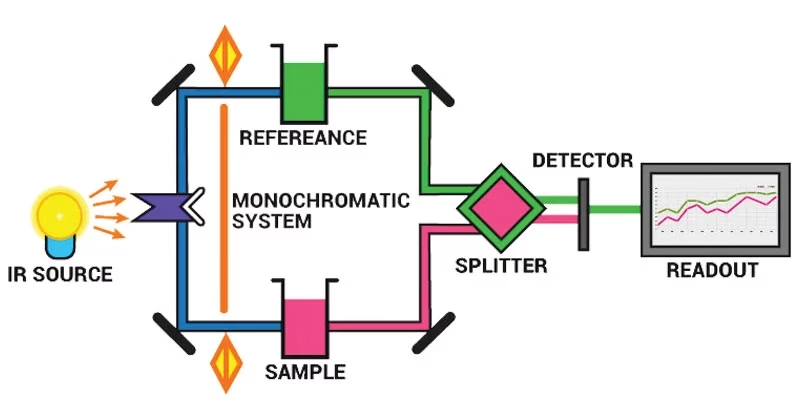
Easy Biology Notes is an educational blog/website and your go-to resource for clear, point-to-point concise Biology notes online. Whether you’re a student or an enthusiast, we provide easy-to-understand explanations on various Biology topics, helping you grasp concepts quickly and efficiently. Dive into the world of life sciences with us, and make learning Biology a breeze!
Latest Posts
-
P-value in Research Methodology – Definition, Formula, Interpretation, Examples, and Applications
The P-value (probability value) is a number between 0 and 1 that shows how likely the observed results are if the null hypothesis (H₀) is true.
-
T-test in Research Methodology – Definition, Formula, Types, Examples, and Applications
The T-test is a statistical test used to compare means and check whether the difference observed between two datasets is statistically significant or due to random variation.
-
Column Chromatography – Definition, Principle, Parts, Procedure, Applications, Advantages & Limitations
Column Chromatography is one of the most important methods used in biochemistry, analytical chemistry, and biotechnology for separating and purifying components of a mixture.
-
Data in Research Methodology – Definition, Types, Classification, and Examples
Data in Research is the foundation of every study. Without data, no analysis, interpretation, or conclusion can be made. Whether in biology, medicine, social sciences, or business research, data provides the evidence that supports or rejects…
-
Infrared (IR) Spectroscopy – Definition, Principle, Instrumentation, Applications, Advantages & Limitations
Infrared (IR) Spectroscopy, also called Vibrational Spectroscopy, is an analytical technique that studies the interaction of infrared radiation with matter.
-
NMR Spectroscopy – Definition, Principle, Instrumentation, Working, Applications, Advantages & Limitations
NMR Spectroscopy (Nuclear Magnetic Resonance Spectroscopy) is one of the most advanced and widely used analytical techniques in modern chemistry and biology.





